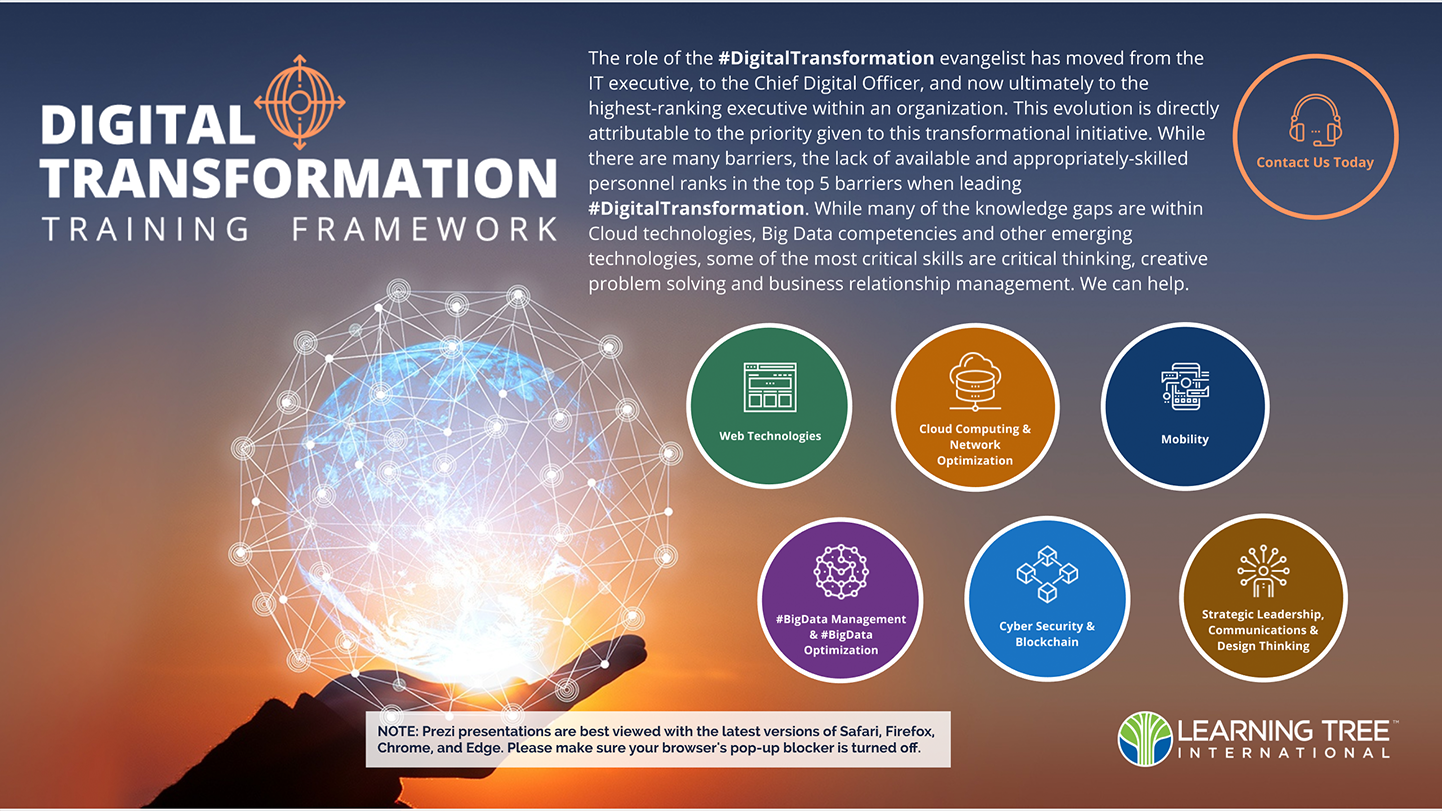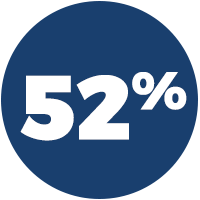Implement a Digital Business Strategy
Similar to other strategic plans, the key to a Digital Business Strategy is to empower your employees and the marketplace with a clear and thorough plan for delivering quantifiable business results – expanded value creation, improved customer experience, and a workplace that attracts key talent. Minimally, the Digital Business Strategy must include details about organizational leadership, capabilities and expectations of the workforce, redefining customer engagement, tools and technology modernization, and a formal communication and change management framework. This crucial phase will help establish the vision for change.







 1-888-843-8733
1-888-843-8733 Live Chat
Live Chat